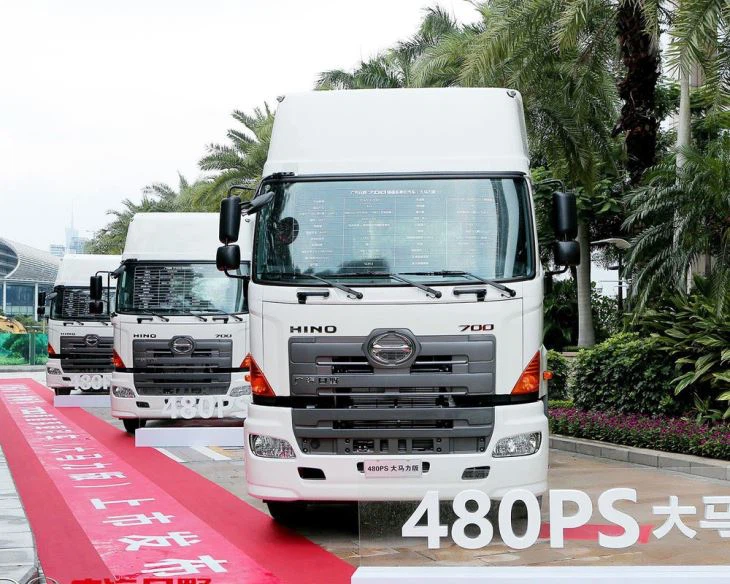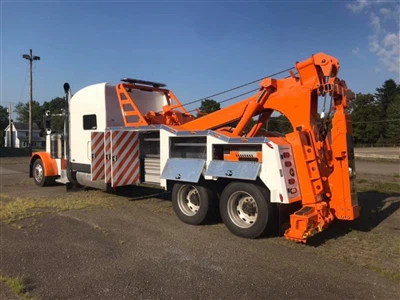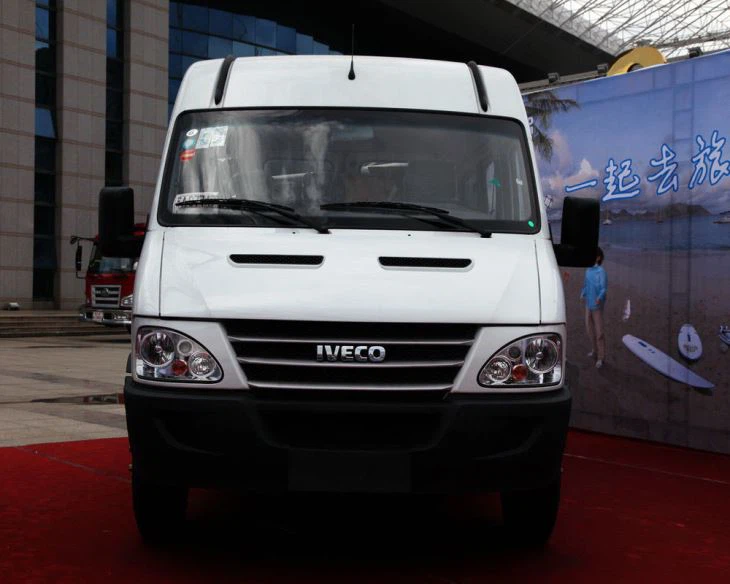Understanding Satellite Trucks: The Backbone of Modern Broadcast Media

In an age where real-time communication and instantaneous updates define our media landscape, satellite trucks are revolutionary tools that keep everything connected. They enable broadcasters to transmit high-quality video and audio signals from remote locations, ensuring that viewers worldwide receive timely and relevant content. This article delves into the key aspects of satellite trucks, exploring their functionality, advantages, types, and practical applications in various sectors.
What is a Satellite Truck?
A satellite truck, or satellite news gathering (SNG) truck, is a mobile unit equipped with satellite technology to send and receive signals over long distances. These trucks are essential for live broadcasting, providing a reliable way to transmit audio and video feeds from locations where traditional cable or fiber optic lines may not reach. Operating off a range of satellite frequencies, they ensure persistent connectivity, even in remote areas.
The Anatomy of a Satellite Truck
Key Components
Understanding the structure of a satellite truck is essential for grasping its operational capabilities. Here are the primary components:
- Satellite Dish: A large parabolic reflector that captures signals and transmits them to/from satellites.
- Encoding Equipment: Converts video and audio signals into a format suitable for transmission over satellite.
- Transmission Equipment: Amplifies the signals for effective broadcasting.
- Control Room: Contains monitoring equipment and allows operators to manage broadcasts seamlessly.
- Power Supply: Powers all electrical components, often with backup generators.
How Satellite Trucks Work
Satellite trucks work by connecting to a satellite network. Here’s a step-by-step breakdown of the process:
- The satellite dish is positioned to align with an orbiting satellite.
- Video and audio signals captured from the field are sent to the encoding equipment.
- The encoded data is transmitted to the satellite via radio waves.
- The satellite relays the signal back to a ground station, where it is decoded and distributed to broadcasting outlets.
Types of Satellite Trucks
Mobile Satellite Trucks
Mobile satellite trucks are designed for flexibility and rapid deployment. These trucks can maneuver to various locations, making them ideal for on-the-spot reporting at events like sports games, political rallies, and breaking news situations.
Fixed Satellite Terminals
Unlike mobile units, fixed satellite terminals are installed at a location and are used for ongoing broadcasts. They are often utilized by television stations for stable transmission points.
Hybrid Satellite Trucks
Hybrid satellite trucks combine mobile units with fixed connectivity. They provide broadcasters with the option to transmit from various locations while maintaining a dedicated connection back to a primary station.
Advantages of Using Satellite Trucks
Real-Time Broadcasting
Satellite trucks enable live broadcasts from any location, ensuring that up-to-the-minute news is available to audiences. This immediacy is crucial during emergencies or significant events.
Global Reach
By utilizing satellite technology, broadcasters can reach audiences worldwide without the constraints of local infrastructure. This global reach broadens access to information and entertainment.
Robustness and Reliability
These trucks are designed to withstand harsh weather conditions and maintain connectivity even in less-than-ideal environments. Their reliability is paramount for news agencies and networks that rely on uninterrupted coverage.
Practical Applications of Satellite Trucks
News Reporting
News organizations utilize satellite trucks to cover breaking stories, providing live feeds to their audience regardless of location. This capability has transformed how news is disseminated, encouraging immediate reporting.
Sports Broadcasting
Sports networks use satellite trucks to broadcast games from remote stadiums and arenas. With the ability to set up quickly at various venues, broadcasters ensure that fans have access to live action from anywhere.
Emergency Services and Disaster Coverage
During natural disasters or emergencies, satellite trucks become critical assets. They allow for real-time updates and information dissemination, helping to coordinate rescue operations and keep citizens informed.
Corporate Events and Live Stream
Businesses can leverage satellite trucks for live streaming corporate events to wider audiences. This technology enhances reach and engagement, making corporate events more accessible and impactful.
Challenges and Considerations
Cost Implications
The initial investment and ongoing operational costs for satellite trucks can be significant. Organizations need to assess their budget and evaluate whether the benefits outweigh the expenses.
Technical Expertise
Operating a satellite truck requires technical proficiency. Training personnel in handling equipment and troubleshooting issues is essential for successful broadcasts.
Weather Dependency
While satellite trucks are robust, extreme weather conditions like heavy rain or snow can affect signal quality. Planning for potential weather disruptions is crucial for effective operations.
Future Trends in Satellite Truck Technology
High Throughput Satellites (HTS)
The advent of high throughput satellites promises improved bandwidth and connection speeds for satellite trucks. This enhancement enables higher-quality broadcasts and supports more simultaneous connections.

Integration with 5G Technology
As 5G technology becomes more widespread, integrating it with satellite trucks will provide greater flexibility and efficiency in broadcasting, allowing for enhanced transmission capabilities.
Increased Use in Remote Locations
With growing demand for live coverage in remote areas, satellite trucks will likely see increased usage across various applications, from environmental reporting to remote education.
Hiring and Utilizing Satellite Trucks
Choosing a Service Provider
When hiring a satellite truck, consider the following:
- Reputation: Research potential providers and read reviews to find reliable companies.
- Equipment Quality: Ensure the company has modern and well-maintained trucks.
- Customer Support: Choose providers offering strong support throughout the broadcasting process.
Planning Your Broadcast
Effective planning is necessary for a successful broadcast. Consider the following steps:
- Determine the broadcast location and obtain necessary permits.
- Schedule the satellite truck in advance to secure availability.
- Perform a site survey to identify potential obstacles or challenges.
- Coordinate with production teams for seamless integration.
Operational Tips
To maximize the effectiveness of satellite trucks:
- Conduct thorough training for your team on using equipment.
- Maintain close communication with the satellite operations team.
- Have contingency plans for possible technical issues or weather disruptions.
FAQ Section
1. What is the average cost of hiring a satellite truck?
The cost can vary widely depending on the service provider, duration of use, and specific requirements, typically ranging from $1,000 to $5,000 per day, not including operational costs.
2. How quickly can a satellite truck be deployed for a live broadcast?
With proper planning, a satellite truck can usually be on-site and operational within a couple of hours, depending on the location and logistics involved.
3. Can satellite trucks transmit high-definition video?
Yes, modern satellite trucks are equipped to handle high-definition video transmissions, providing excellent quality for live broadcasts.
4. What happens if the satellite truck loses signal during a broadcast?

If a satellite truck loses signal, operators usually implement backup plans, such as switching to a terrestrial feed or a backup satellite to minimize disruption.

5. Are there environmental concerns associated with satellite technology?
While satellite technology is generally safe, concerns over space debris and environmental impact of satellite launches are topics of ongoing research and discussion in the tech community.
6. How do satellite trucks differ from traditional broadcasting methods?
Satellite trucks provide mobility and access to remote locations, while traditional broadcasting often relies on fixed line infrastructures, limiting coverage in some areas.
